Most boats are fitted with rigging when they are manufactured, but sometimes the cables are changed if they begin to wear out or if the craft is being used for heavy duty shipping purposes. Read More…
As leading innovative wire rope manufacturers, Bergen Cable Technology has been providing engineering assistance for well over half a century, helping customers develop cost effective, durable solutions.

JSC, as one of the most diversified wire rope manufacturers, utilizes over 200 production machines to produce top rated wire products in ferrous and nonferrous materials. Industries that JSC serves include electronics, geophysical and communications.

Lexco is an ISO:9001 manufacturer of wire rope, cable, and bungee cord assemblies; and push-pull controls. Our in-house capabilities range from swaging and extrusions to die-casting, proof-loading, and CNC machining. Lexco Cable is proud to serve a diverse set of markets including military, aerospace, OEM, MRO, marine, architectural, and more. Contact us today.
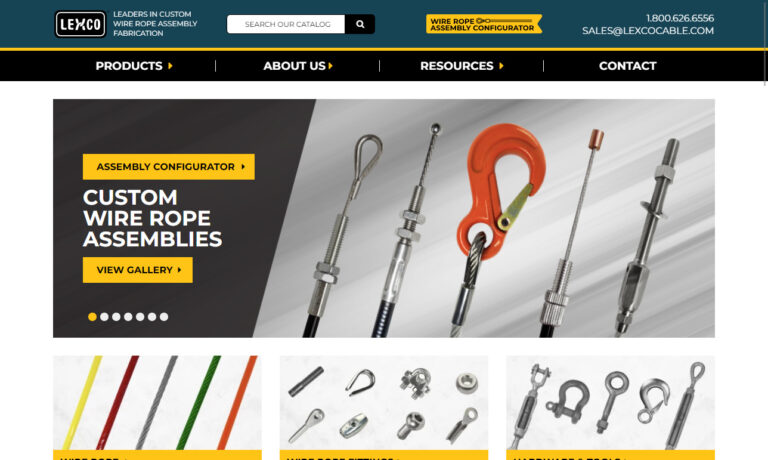
For over 30 years, companies across various markets have relied on Motion Control Technologies to provide high-quality mechanical cable solutions. Our line of products includes commercial cable lanyards, galvanized wire rope cable lanyards, swaged fittings, and more. We strive to build long-lasting relationships with our customers, regardless of your industry. Contact us today and tell us how we...
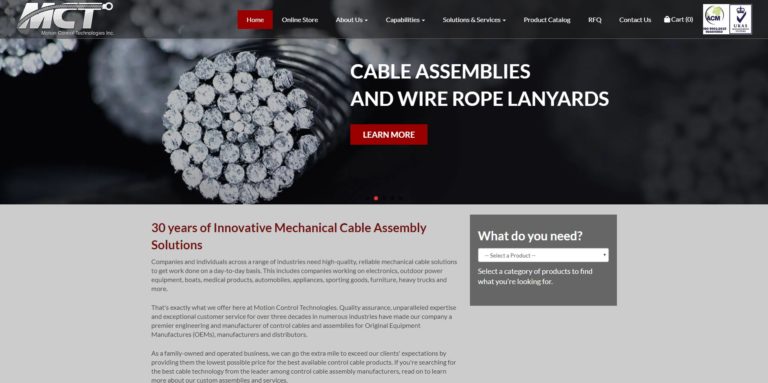
Aero Assemblies, Incorporated strives to make every effort, as dedicated wire rope manufacturers, to maximize product value throughout the manufacturing process.
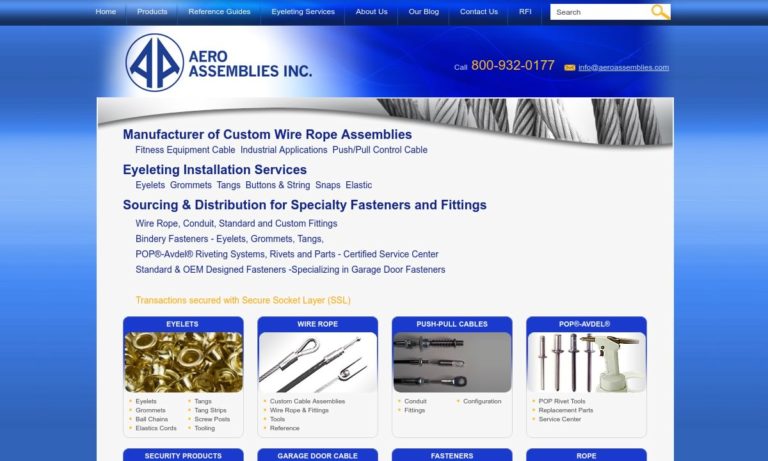
More Marine Rigging Manufacturers
The cables that are used for rigging usually have looped ends so that they can be bolted or hooked to other attachments on the ship. On sailboats, anyone climbing the mast should strap onto one of these cables on the way up in case a strong wind blows them over while they are climbing.
To create marine rigging, manufacturers begin with long strips of high tensile metal that are tightly woven together into strands. Steel is the most commonly used material for this process. Several strands are then spun and pressed tightly together into a helix using a machine.
The newly created rigging cable is then rolled up onto a spool and shipped out, or it is rolled up onto a pulley to be used with a brand new piece of marine equipment.
Cable on a ship that is used as part of the rigging is referred to as "cordage". Cordage in a fixed position is called standing rigging. This is usually found between the mast and the deck to add tension and hold the mast in place. Running rigging is the cordage that is used to control the movement of the sails. This type of rigging needs to be flexible to allow for smooth movement over the pulleys, but it also needs to be very strong to hold the sails in place during high winds.
Before technological advances in manufacturing allowed boat builders to use cable for rigging, heavy ropes were used. The problem with this was that the ropes quickly wore out and they would even snap under too much strain. Marine rigging made using metal cable is strong and durable, making it well suited to large and small sail boats.



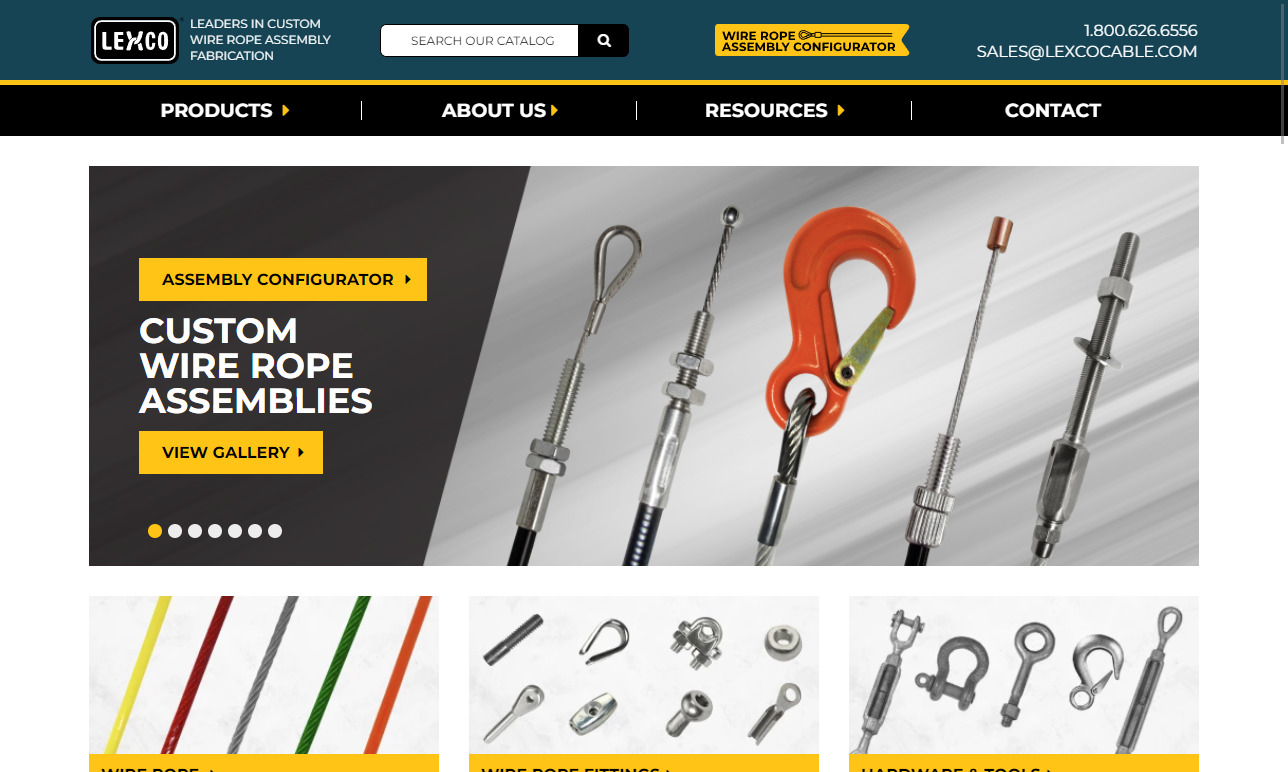

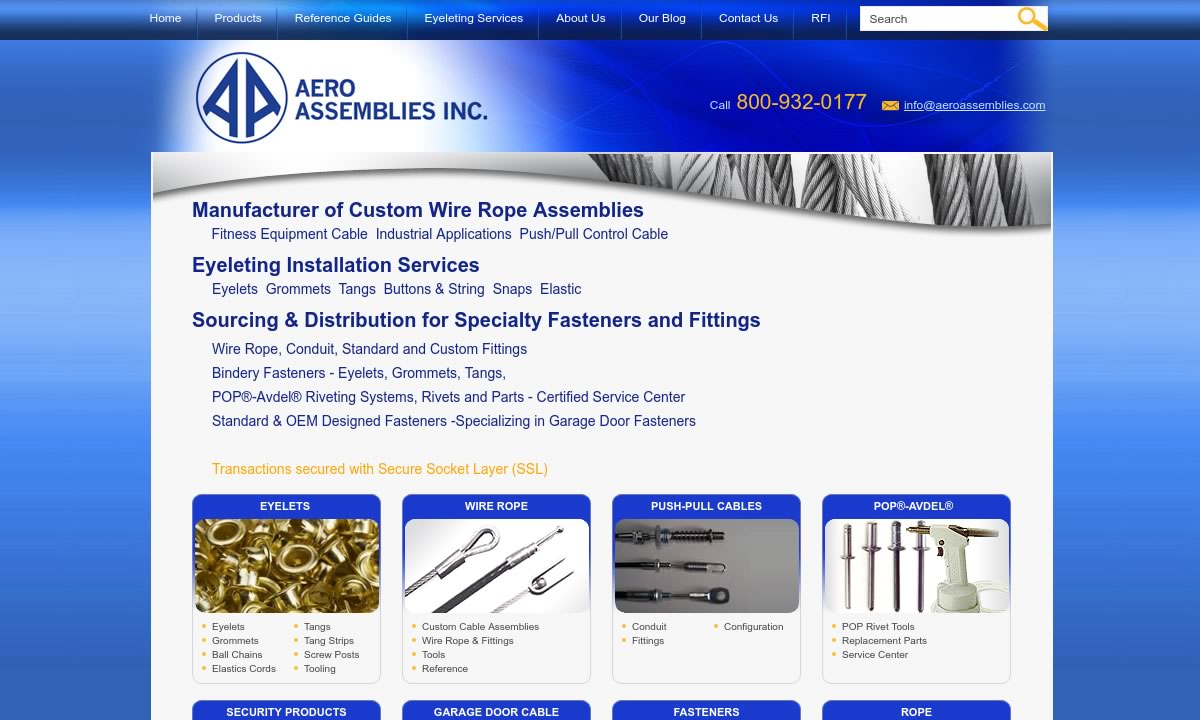





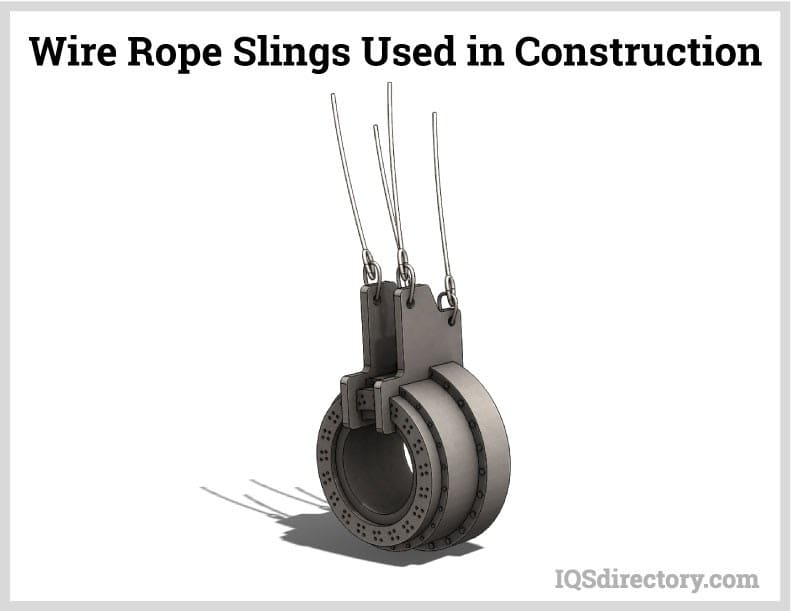


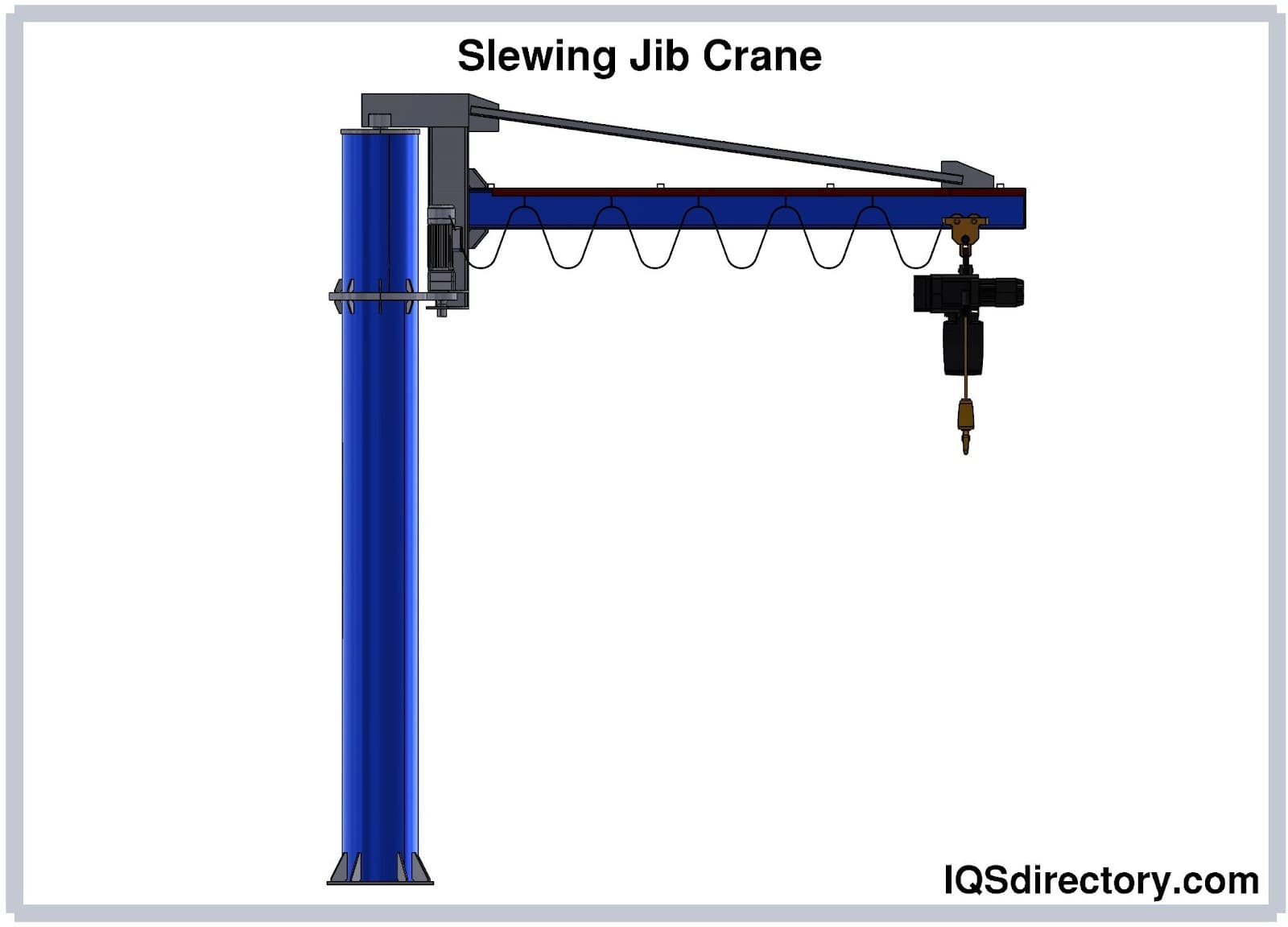
 Cranes
Cranes Electric Hoists
Electric Hoists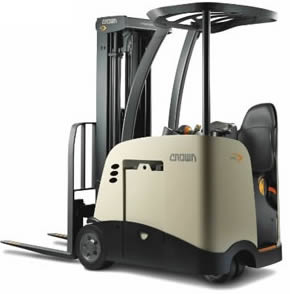 Forklifts
Forklifts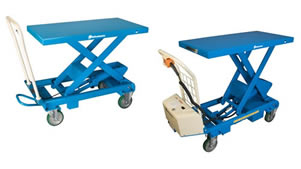 Hydraulic Lifts
Hydraulic Lifts Rope
Rope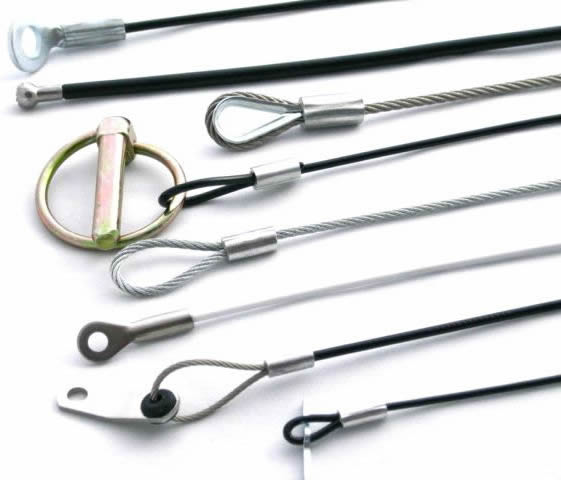 Wire Rope
Wire Rope Castings & Forgings
Castings & Forgings Bulk Material Handling
Bulk Material Handling Electrical & Electronic Components
Electrical & Electronic Components Flow Instrumentation
Flow Instrumentation Hardware
Hardware Material Handling Equipment
Material Handling Equipment Metal Cutting Services
Metal Cutting Services Metal Forming Services
Metal Forming Services Metal Suppliers
Metal Suppliers Motion Control Products
Motion Control Products Plant & Facility Equipment
Plant & Facility Equipment Plant & Facility Supplies
Plant & Facility Supplies Plastic Molding Processes
Plastic Molding Processes Pumps & Valves
Pumps & Valves Recycling Equipment
Recycling Equipment Rubber Products & Services
Rubber Products & Services